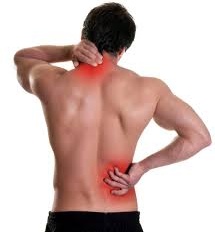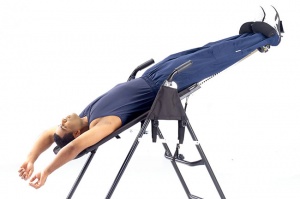
Back pain is a frustrating thing to live with and it can seriously detract from your quality of life. But a lot of the time, people with lower back pain do not or cannot undergo huge surgeries to fix it. However, there are other ways to treat lower back pain. One popular way to do so is through inversion therapy.
Inversion therapy involves being tilted or hung upside down, usually via an inversion table. The idea is to decompress the spine so the disc in your lower back it is not being pressed down and pinching nearby nerves. By taking the weight off the bones and the joints, a traction force will be created in your body which will relieve back pain. It is used to treat people with herniated discs and degenerated discs as well as people suffering from sciatica. So, do inversion tables work? Let’s first discuss the risks.


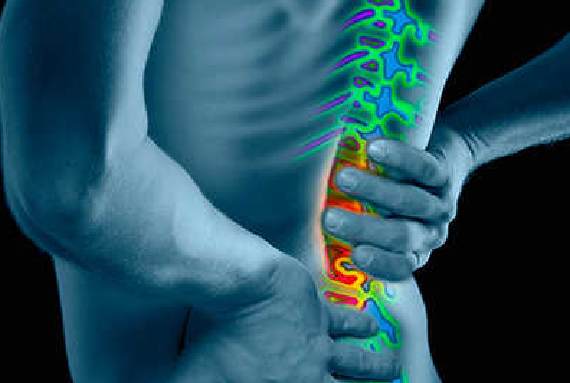

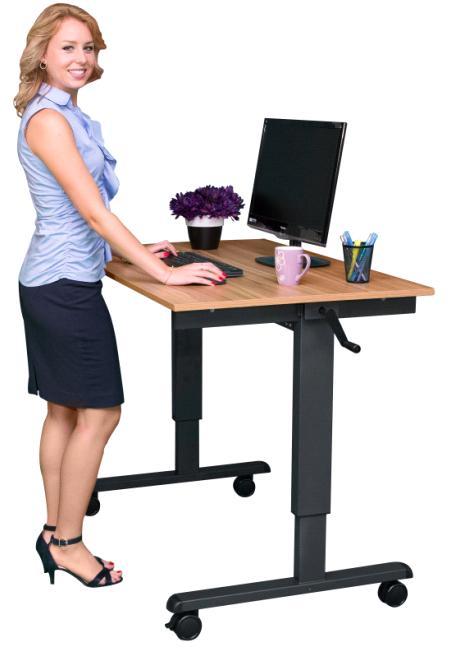 Office furniture was staid and boring for decades. Except for the big boss in the corner office, everyone else had a metal desk and a small upholstered chair that rolled on four casters on a plastic mat.
Office furniture was staid and boring for decades. Except for the big boss in the corner office, everyone else had a metal desk and a small upholstered chair that rolled on four casters on a plastic mat.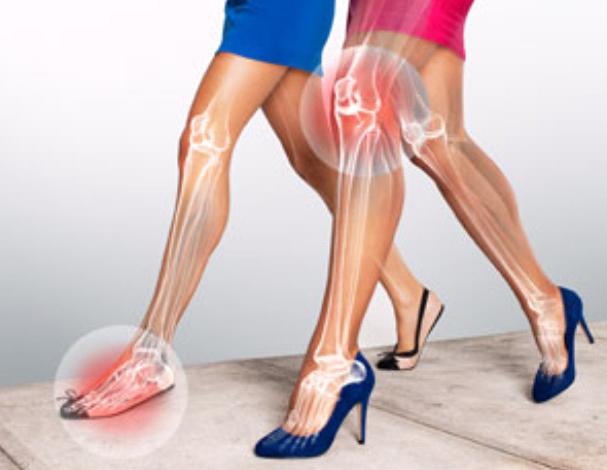 Way back in the 10th century, during the Tang Dynasty, a rather barbaric practice of Chinese foot binding of young girls, aged six years or younger, began. The feet of these poor children were wrapped in tight bandages and broken so they couldn’t grow any bigger. Why would such an atrocity be done you may ask? Well, binding the feet to make them appear tiny and delicate was practiced by wealthy families, as only wealthy families could afford to have the women of the house stay at home and not work. When you saw a Chinese woman with very tiny feet, you instantly recognized that as a status symbol representing prestige, beauty and wealth.
Way back in the 10th century, during the Tang Dynasty, a rather barbaric practice of Chinese foot binding of young girls, aged six years or younger, began. The feet of these poor children were wrapped in tight bandages and broken so they couldn’t grow any bigger. Why would such an atrocity be done you may ask? Well, binding the feet to make them appear tiny and delicate was practiced by wealthy families, as only wealthy families could afford to have the women of the house stay at home and not work. When you saw a Chinese woman with very tiny feet, you instantly recognized that as a status symbol representing prestige, beauty and wealth.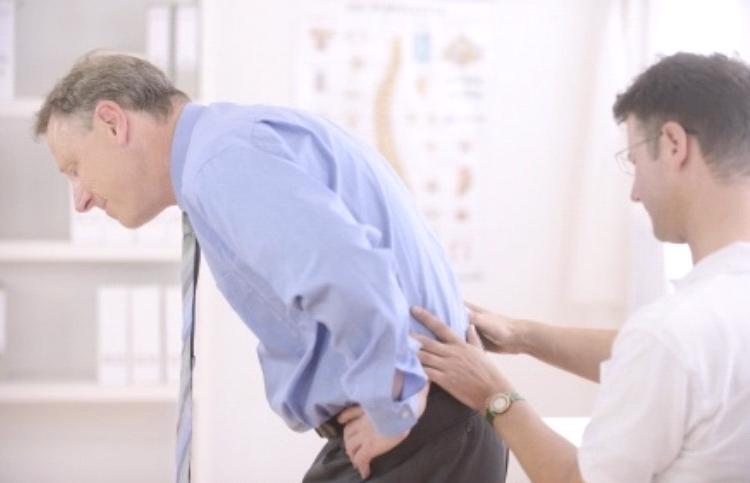 There are several causes of sciatica, which is identified as a painful condition which occurs from soreness or pain that travels from your lumbar or lower spine, to your buttock and all the way down your leg. Sciatica only affects one side of your body, but that one side might as well be both sides for all the pain you will experience. Sciatic pain does not discriminate where it chooses to wreak havoc – it might be a tolerable ache, or an excruciating pain. There are ways to try to thwart sciatica and stop it in its tracks, but many times, other medical issues are the underlying cause of the sciatic problems, thus, the malady is not strictly your own doing. For example, although sciatica is believed to originate from prolonged sitting, even the simple act of coughing or sneezing can cause a sciatica sufferer great discomfort. Sometimes (but rarely), the sciatic nerve can be compressed by a tumor, or damaged by a disease such as diabetes, or, it could become pinched, usually by a herniated disc in your spine, or by an overgrowth of bone (bone spur) on your vertebrae.
There are several causes of sciatica, which is identified as a painful condition which occurs from soreness or pain that travels from your lumbar or lower spine, to your buttock and all the way down your leg. Sciatica only affects one side of your body, but that one side might as well be both sides for all the pain you will experience. Sciatic pain does not discriminate where it chooses to wreak havoc – it might be a tolerable ache, or an excruciating pain. There are ways to try to thwart sciatica and stop it in its tracks, but many times, other medical issues are the underlying cause of the sciatic problems, thus, the malady is not strictly your own doing. For example, although sciatica is believed to originate from prolonged sitting, even the simple act of coughing or sneezing can cause a sciatica sufferer great discomfort. Sometimes (but rarely), the sciatic nerve can be compressed by a tumor, or damaged by a disease such as diabetes, or, it could become pinched, usually by a herniated disc in your spine, or by an overgrowth of bone (bone spur) on your vertebrae.